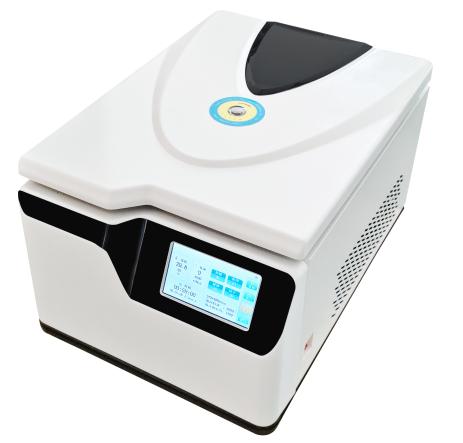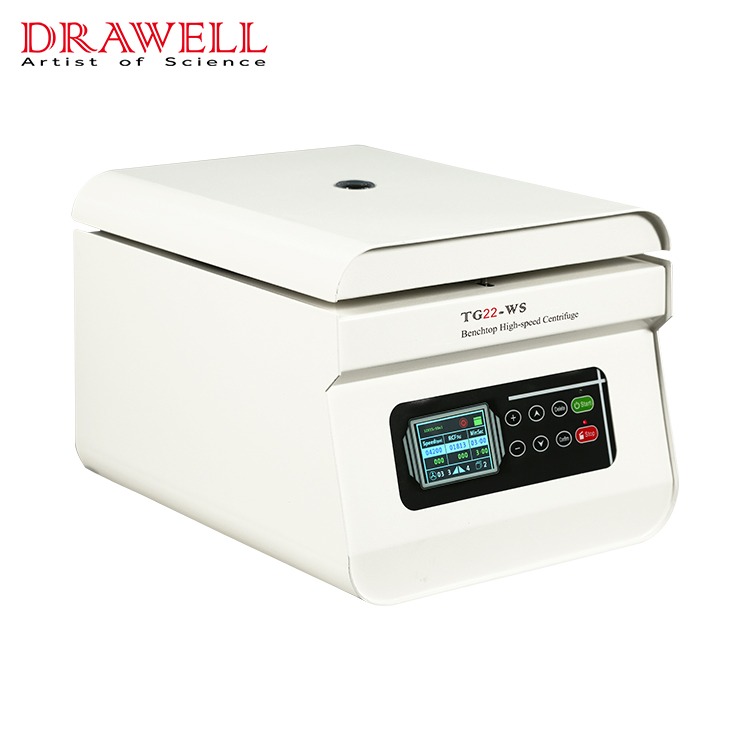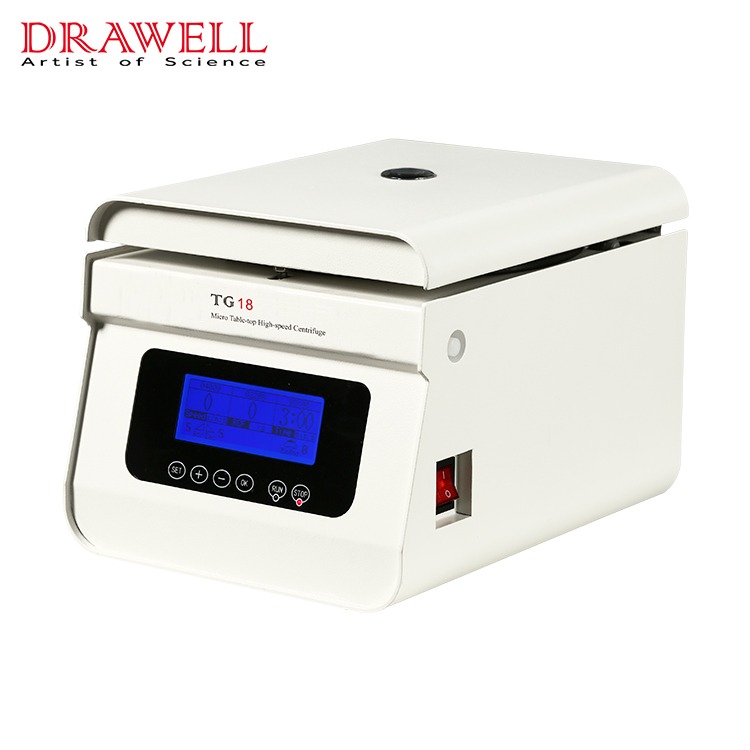High-speed centrifuges have become indispensable tools in the field of biology, revolutionizing the way biological samples are processed, separated, and analyzed. With their ability to generate powerful centrifugal forces, high-speed centrifuges offer researchers and scientists a means to efficiently isolate and study a wide range of biological components, from cells and subcellular particles to nucleic acids and proteins. This article explores the remarkable contributions and applications of high-speed centrifuges in the realm of biology, highlighting their advantages in sample processing, separation, and analysis.
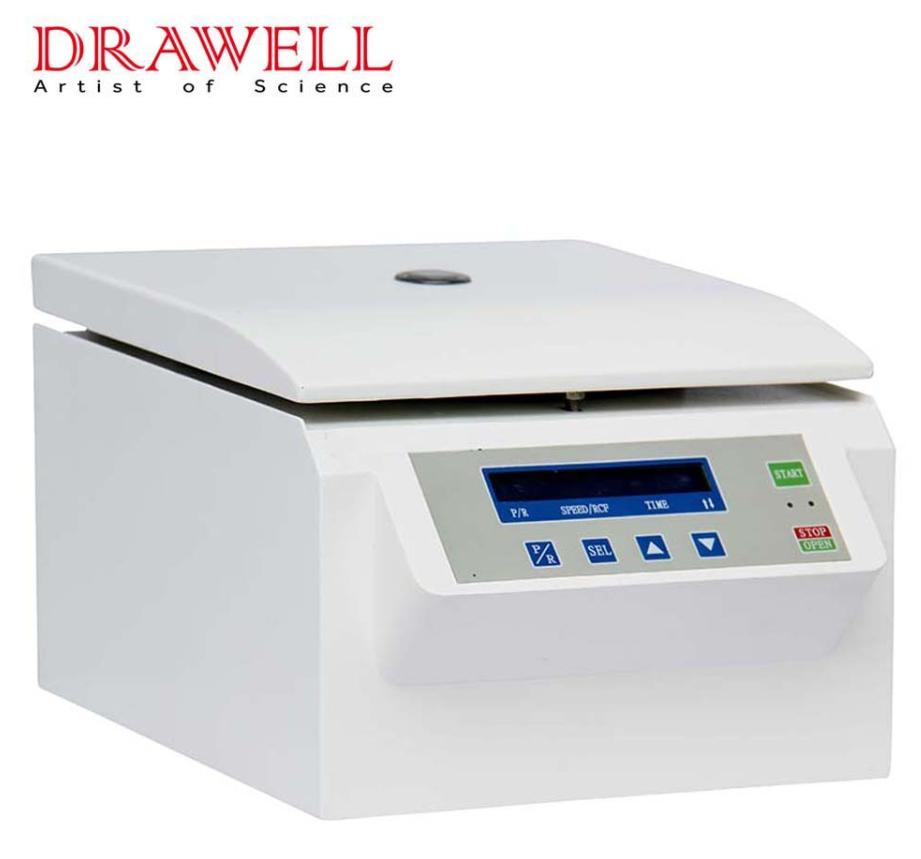
Advantages of Using High-speed Centrifuge in Biology
High-speed centrifuges are widely used in biology due to several key reasons:
- Rapid Sample Processing: High-speed centrifuges offer the ability to process samples quickly and efficiently. Their high rotational speeds allow for rapid sedimentation and separation of biological components, significantly reducing processing times. This is particularly advantageous in time-sensitive experiments or when working with limited sample volumes.
- Precise Sample Separation: High-speed centrifuges generate powerful centrifugal forces, enabling precise separation of different components based on their density. This is crucial for isolating specific cellular structures, organelles, or subcellular particles, facilitating in-depth studies on their functions, interactions, and biochemical properties.
- Enhanced Protein and Nucleic Acid Research: High-speed centrifuges play a crucial role in protein purification and nucleic acid isolation, which are fundamental processes in molecular biology and genomics research. They enable the rapid separation of proteins or nucleic acids from complex mixtures, providing high-quality samples for downstream applications such as sequencing, PCR, and proteomics.
- Cell and Tissue Studies: High-speed centrifuges are widely used in cell and tissue research. They allow for the separation of different cell types, organelles, and subcellular components, aiding in the characterization of cellular processes, differentiation, and cellular response to various stimuli. High-speed centrifuges also facilitate the isolation of intact and viable cells or tissues for further analysis or experimental manipulation.
- Microbiology and Virology Research: In microbiology and virology, high-speed centrifuges are utilized for the separation and concentration of microorganisms, viruses, and viral particles. These centrifuges help in studying microbial growth, characterizing viral components, and investigating viral-host interactions.
- Clinical Diagnostics: High-speed centrifuges are extensively used in clinical laboratories for diagnostic purposes. They aid in the separation of blood components, including red blood cells, white blood cells, and plasma, allowing for the detection and analysis of disease markers, such as hormones, enzymes, or specific cell types.
- Environmental and Ecological Studies: High-speed centrifuges find applications in environmental research and ecology. They enable the separation and analysis of environmental samples, such as water or soil, for the identification and quantification of microorganisms, pollutants, or other relevant components.
Overall, the speed, efficiency, and precision offered by high-speed centrifuges make them indispensable tools in biology. They contribute to advancements in molecular biology, cell biology, microbiology, and various other disciplines by facilitating sample processing, separation, and analysis. High-speed centrifuges continue to play a crucial role in unraveling the complexities of life and driving scientific discoveries.
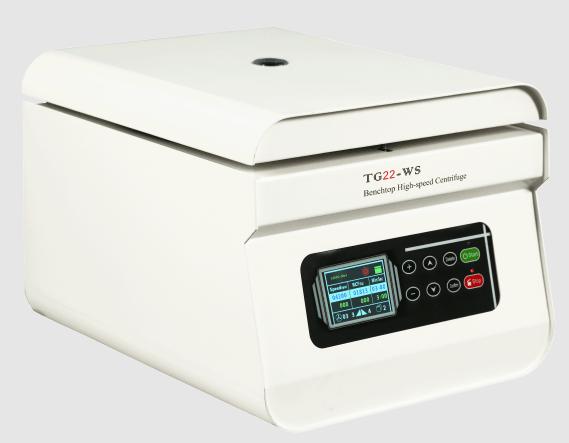
7 Key Applications of High-speed Centrifuge in Biology
High-speed centrifuges find several key applications in the field of biology, particularly in molecular biology, cell biology, and biotechnology. Some specific applications include:
1 Nucleic Acid Isolation:
High-speed centrifugation is commonly used for the isolation and purification of nucleic acids (DNA and RNA) from biological samples. It allows for the efficient separation of nucleic acids from other cellular components, such as proteins, lipids, and carbohydrates.
2 Protein Research and Purification:
High-speed centrifugation aids in protein research by enabling the separation, fractionation, and purification of proteins based on their size, density, and molecular weight. It is used in protein purification workflows, allowing researchers to obtain highly purified protein samples for further characterization and analysis.
3 Cell Fractionation:
High-speed centrifugation facilitates the fractionation of cells into different subcellular compartments, such as nuclei, mitochondria, cytosol, and membrane fractions. This process helps researchers study the functions and structures of organelles and analyze the distribution of specific molecules within cells.
4 Subcellular Particle Isolation:
High-speed centrifugation allows for the isolation of various subcellular particles, including organelles, membrane vesicles, and microsomes. These isolated particles can be further analyzed to investigate their properties, functions, and interactions with other cellular components.
5 Virus and Particle Research:
High-speed centrifuges are used in virology and particle research to concentrate, purify, and separate viruses, virus-like particles, and other particulate matter. It aids in the study of virus structure, replication, and characterization, as well as the development of vaccines and antiviral therapies.
6 Cell Culture Work:
High-speed centrifugation is employed in cell culture laboratories for various purposes. It is used to separate cells from culture media, harvest cells, and concentrate cellular products such as secreted proteins or viral vectors.
7 Ultracentrifugation and Density Gradient Separation:
Some high-speed centrifuges have the capability to reach ultra-high speeds, known as ultracentrifugation. This technique is used to separate and purify macromolecules, subcellular particles, and complexes based on density gradients. It aids in the study of macromolecular structures, protein-protein interactions, and lipoprotein analysis.
These are just a few examples of the applications of high-speed centrifuges in biology. The versatility and efficiency of high-speed centrifugation make it a valuable tool in various biological research and biotechnological processes.
In summary, high-speed centrifuges have revolutionized biology by unlocking efficiency and precision in sample processing. Their remarkable speed, coupled with their ability to generate powerful centrifugal forces, empowers researchers to explore the complexities of living systems with enhanced efficiency and accuracy. As technology continues to advance, it is expected that high-speed centrifuges will continue to play a vital role in driving biological research, contributing to breakthroughs and innovations that shape our understanding of life itself. Looking for a high quality high-speed centrifuge? Believe Drawell will satisfy your needs. We provide different kinds of centrifuges and other laboratory equipment and scientific instruments. Please feel free to contact us.

